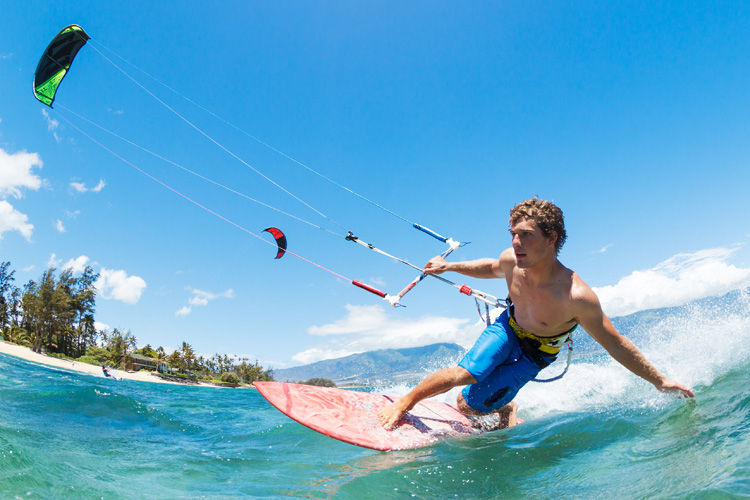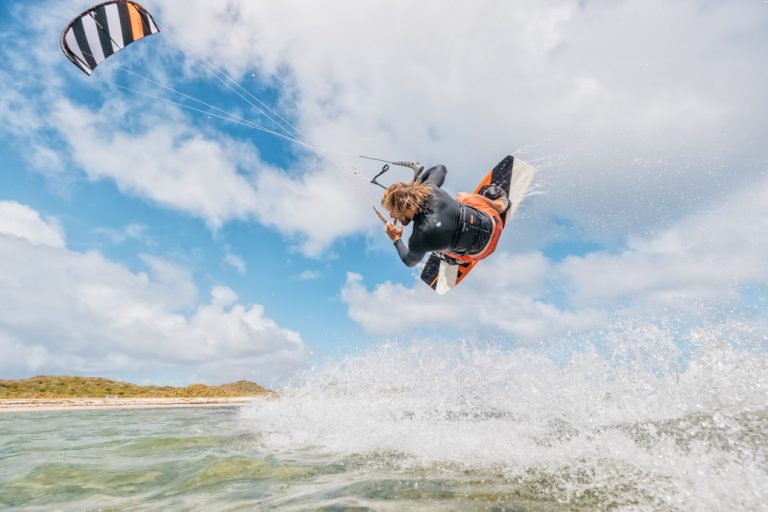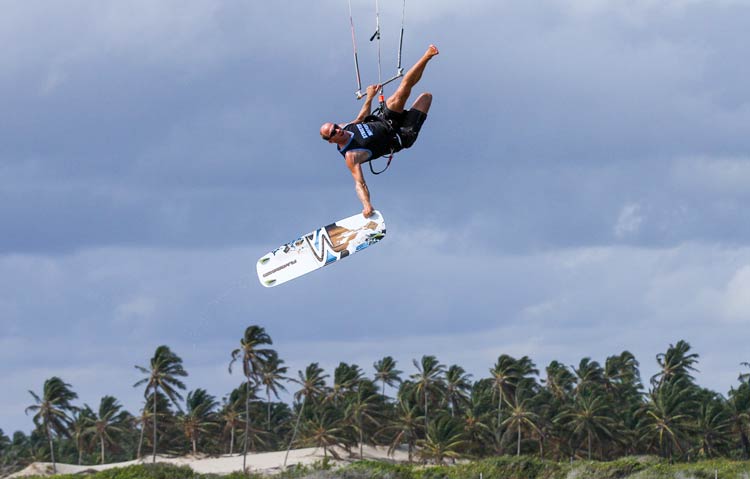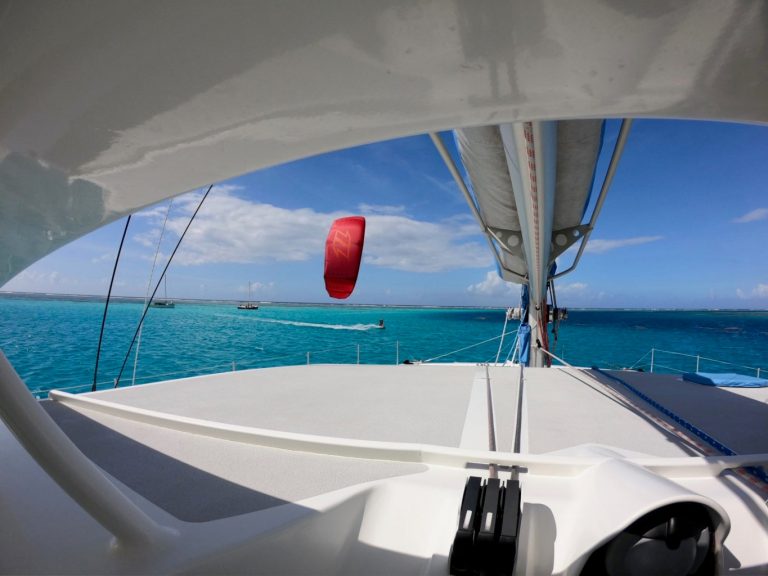What are the Most Common Injuries in Kitesurfing?
The most common injuries in kitesurfing include fractures and sprains. Kitesurfing is known for its thrilling nature, but it can also lead to accidents resulting in bone fractures and sprained joints.
Kitesurfing, an adrenaline-fueled water sport, has gained immense popularity worldwide. It combines elements of surfing, wakeboarding, and paragliding, offering participants an exhilarating experience. However, the thrill comes with potential risks, as kitesurfers are exposed to various injuries. Despite safety precautions and advancements in equipment, accidents can occur, leading to fractures and sprains being the most common injuries in kitesurfing.
Understanding these injuries, their causes, and precautionary measures can help enthusiasts enjoy this extreme sport while minimizing the risk of harm. In this article, we will explore the most common injuries in kitesurfing, their implications, and ways to prevent them for a safe and enjoyable kitesurfing experience.

Credit: www.ndpe.com.au
Understanding The Most Common Injuries In Kitesurfing
Understanding the most common injuries in kitesurfing is crucial for anyone who seeks the thrill of this extreme sport. Riding the wind in kitesurfing involves taking risks that can lead to various types of injuries. Evasive maneuvers, such as jumps and tricks, put riders at risk of fractures, sprains, and dislocations.
The force of the wind and the impact of landing can take a toll on the body. Additionally, accidents involving collisions with other riders or objects pose a significant danger. It is vital for kitesurfers to be aware of these risks and take precautionary measures, such as wearing proper safety gear and practicing in suitable weather conditions.
By understanding the potential injuries associated with kitesurfing, enthusiasts can make informed decisions and enjoy this exhilarating sport safely.
Soaring High: Common Upper Body Injuries In Kitesurfing
Soaring high in the thrilling sport of kitesurfing can bring about some upper body injuries. Shoulder strains and tendonitis are common among kitesurfers and require prompt recognition and treatment. Alongside these injuries, protecting your elbows is crucial. By implementing prevention strategies and utilizing rehabilitation techniques, kitesurfing enthusiasts can safeguard their elbows from potential harm.
Regular warm-up exercises, proper technique, and wearing appropriate gear all contribute to injury prevention. In the event of an injury, rest, ice, and physical therapy can aid in the recovery process. Remember, safety should always be a top priority for kitesurfers, as it allows for sustained enjoyment of this exhilarating water sport.
Staying Balanced: Lower Body Injuries To Watch Out For In Kitesurfing
Staying balanced is crucial in kitesurfing to avoid lower body injuries that commonly occur. One area prone to impact is the knees, where various injuries can occur. Understanding these knee injuries is important for kitesurfers to protect themselves. Ankles and feet also face stress during kitesurfing, so it’s important to strengthen and provide support to minimize the risk of injury.
Taking measures like wearing proper footwear and using ankle braces can help ensure safety while enjoying this thrilling water sport. By being mindful of these potential injuries and taking proactive steps, kitesurfers can stay on top of their game and minimize the chances of getting hurt.
Navigating The Waves: Water-Related Injuries In Kitesurfing
Navigating the waves in kitesurfing can lead to various water-related injuries. Awareness of safety precautions is crucial to avoid dangers. Drowning and near-drowning incidents can occur, but kite surfers can take essential lifesaving measures. Being cautious around water is key for all kitesurfers.
Frequently Asked Questions For What Are The Most Common Injury In Kitesurfing?
What Are The Most Common Injuries In Kitesurfing?
Kitesurfing commonly leads to wrist, shoulder, and ankle injuries. The most frequent injuries include fractures, sprains, and strains, often caused by improper equipment handling, strong winds, and crashing into water or land. It is crucial to wear protective gear and learn proper techniques to prevent such injuries.
How Can I Prevent Wrist Injuries While Kitesurfing?
To prevent wrist injuries, it’s important to use proper kite control techniques, including correct hand positioning on the bar and avoiding excessive force on the lines. Wearing wrist guards can provide additional support and protection.
What Is The Risk Of Shoulder Injuries In Kitesurfing?
Shoulder injuries are common in kitesurfing due to the strain caused by maintaining control of the kite. It’s essential to strengthen the shoulder muscles through exercises and maintain flexibility to help reduce the risk of injury. Additionally, wearing a proper harness and using correct body positioning can help alleviate strain on the shoulders.
Conclusion
Injuries are an unfortunate reality in the world of kitesurfing, a thrilling and adventurous sport that comes with its risks. Among the most common injuries faced by kitesurfers are fractures and sprains, particularly in the ankles and wrists. Strains and muscle pulls are also prevalent, often affecting the back and shoulders due to the high-intensity movements involved in kitesurfing.
Additionally, lacerations and contusions can occur due to contact with equipment or colliding with objects in the water. It is essential for kitesurfers to prioritize safety by wearing protective gear, undergoing proper training, and being aware of their skill level and limitations.
In case of an injury, seeking medical attention and following the recommended rehabilitation program is crucial for a full recovery. By staying informed about the common injuries in kitesurfing and taking preventive measures, enthusiasts can continue to enjoy this thrilling water sport while minimizing the risk of injury.
Stay safe and have a thrilling kitesurfing experience!





